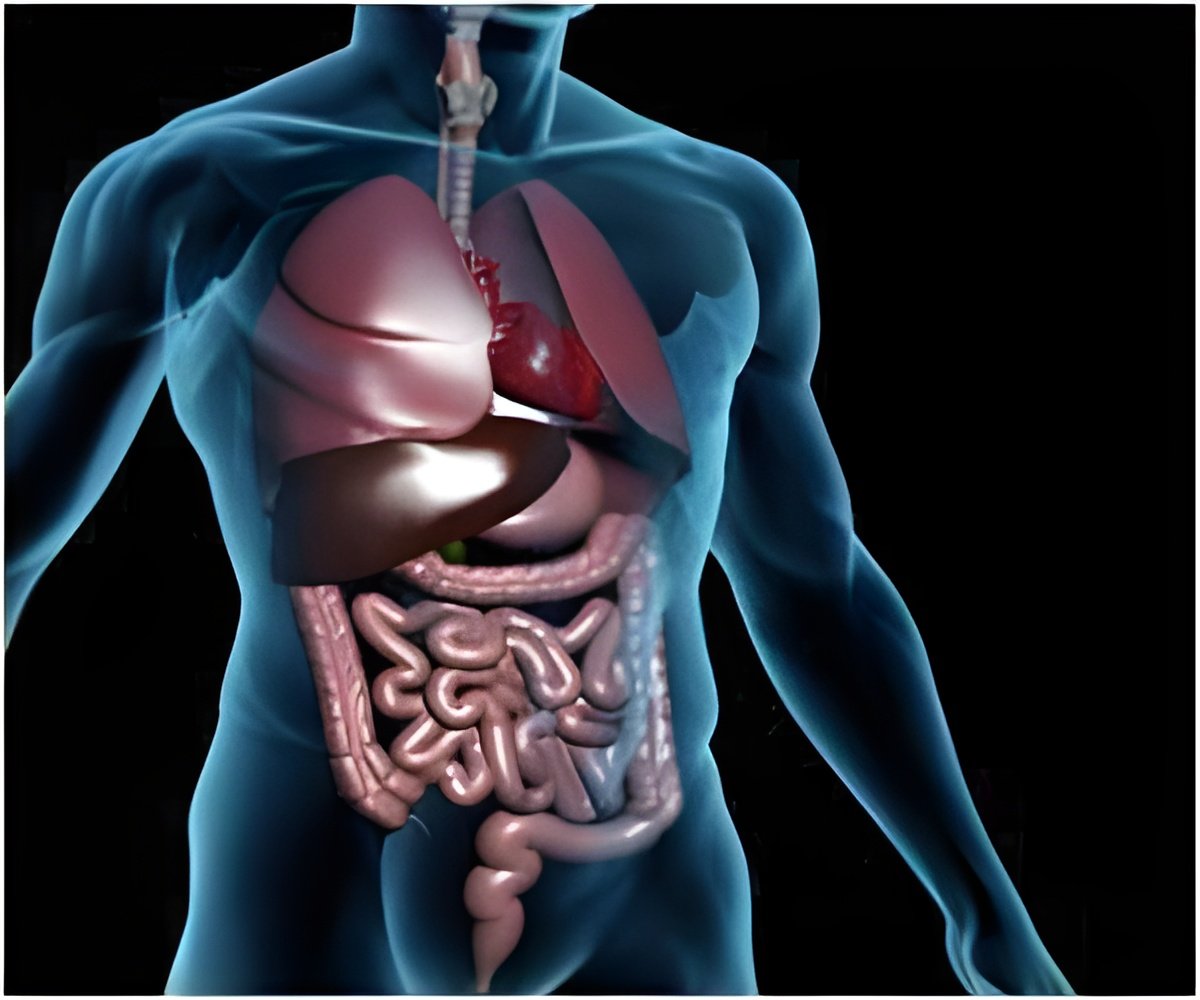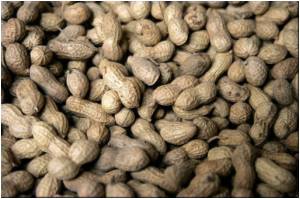In children and adults, a simple, inexpensive new test monitors treatment of eosinophilic esophagitis effectively, say researchers.

Eosinophils produce specific proteins. Because these inflammatory cells are not normally found in the esophagus, these proteins serve as biomarkers and can indicate the extent of inflammation in the esophagus.
Currently, physicians diagnose EoE and monitor its treatment by endoscopy. A lighted, flexible instrument is inserted down the esophagus and used to obtain six to eight tissue samples for biopsy from sections along its length from throat to stomach.
A child may require 10, 15, or even 20 such procedures over three or four years, say two of the report's authors, co-principal investigator Dr. Glenn Furuta, professor of pediatrics at the University of Colorado at Denver, and Dr. Amir Kagalwalla, associate professor of pediatrics at Northwestern University.
The new method, the Esophageal String Test, or EST, uses a capsule containing a yard-long string. One end of the string is taped to the patient's cheek before the capsule is swallowed, and the string spools out of the dissolving capsule, stretching through the esophagus, the stomach and the small intestine. The string becomes coated with digestive tract secretions and can be removed for analysis.
Ackerman and Furuta tested samples from the string in the esophagus region looking for eosinophil proteins to show evidence of inflammation. Levels detected by the string test and by biopsy were both shown to indicate disease accurately.
Advertisement
Although the string test may never completely replace endoscopy-with-biopsy, particularly for diagnosis, the authors conclude, "it certainly has the potential to significantly improve the evaluation and treatment of patients who require repeated assessments."
Advertisement










